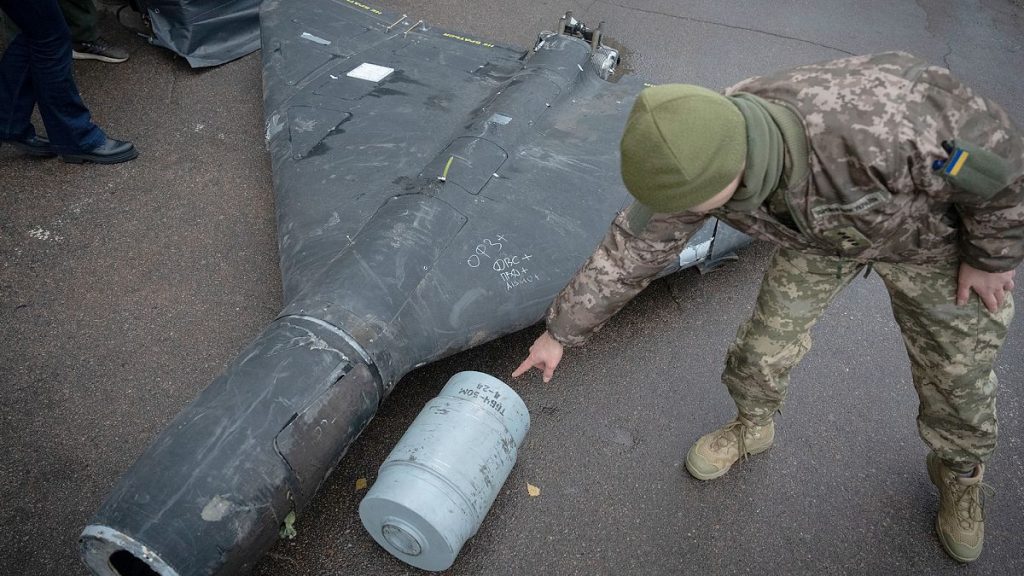The ongoing conflict between Russia and Ukraine continues to escalate, marked by intensified drone warfare and escalating casualties. Overnight, Ukraine reported a massive drone assault by Russian forces, claiming to have successfully neutralized 58 out of 80 launched drones. This wave of attacks resulted in the tragic loss of two lives in the Donetsk region, further underscoring the devastating human cost of the protracted conflict. The relentless drone barrages represent a significant shift in the tactics employed by both sides, highlighting the increasing reliance on unmanned aerial vehicles in modern warfare. The attacks extend beyond military targets, impacting civilian populations and infrastructure, exacerbating the humanitarian crisis in the region.
The impact of the drone attacks reverberated across several Ukrainian regions, leaving a trail of destruction and casualties. In the Kherson region, nine individuals were injured in Russian assaults targeting the city of Kherson and surrounding residential areas. The Dnipropetrovsk region also suffered, with three people injured in a separate attack. Further north, in the Kharkiv region, five individuals, including two infants, sustained injuries in yet another Russian offensive. These widespread attacks underscore the vulnerability of civilian populations caught in the crossfire and highlight the urgent need for increased humanitarian aid and protection for those affected by the conflict.
The intensification of drone warfare has transcended geographical boundaries, with reports emerging of drone strikes targeting infrastructure within Russian territory. A chemical plant in Tatarstan, Russia, was reportedly hit by a drone, igniting gas tanks and causing a fire. While Russian authorities downplayed the incident, claiming no significant damage or casualties, the attack raises concerns about the potential for the conflict to spill over into Russia itself. This incident underscores the evolving nature of the conflict and the potential for unpredictable escalations.
Another drone strike reportedly targeted an industrial facility in Engels, a city in Russia’s Saratov region. This attack prompted local authorities to shift schools to online learning due to the ongoing threat of further drone strikes, disrupting the education of countless children and further highlighting the pervasive impact of the conflict on daily life. The reported attacks within Russian territory raise questions about the security of critical infrastructure and the potential for further disruptions.
The escalating drone warfare has also impacted air travel within Russia, with passenger flights suspended in several cities, including Kazan, Kaluga, Saratov, and Tambov. This disruption to civilian air travel further underscores the widening repercussions of the conflict and its impact on the lives of ordinary citizens. The suspension of flights reflects growing concerns about the safety of air travel in the region amidst the escalating drone activity.
The ongoing conflict between Russia and Ukraine continues to intensify, with drone warfare becoming a prominent and increasingly devastating feature. The attacks on both Ukrainian and Russian territory highlight the expanding scope of the conflict and the potential for further escalation. The civilian casualties, damage to infrastructure, and disruption to daily life underscore the urgent need for a peaceful resolution to prevent further suffering and instability in the region. The international community must redouble its efforts to find a diplomatic solution and bring an end to this devastating conflict. The use of drones represents a significant shift in warfare tactics and raises complex questions about the future of conflict and the ethical implications of unmanned aerial vehicles.

